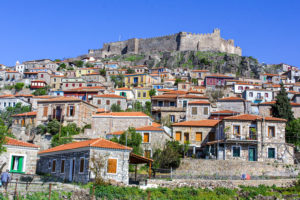
Molyvos, Lesbos, Greece
Molyvos, a popular tourist town on the Greek island of Lesbos, retains its links to the traditional past.
Rotate to landscape to view slideshow
On Mount Athos, they
still live by a religious
rhythm that has been in
place for centuries.
The Byzantine clock has
the day starting at sunset
and the Julian calendar is
13 days behind the outside
world. Monks have lived on
Mt Athos since around
800 AD.
The first monastery was
founded by St. Athanasios
in 963 and at the end of
the first millennium, there
were over 7000 monks
on the peninsula.
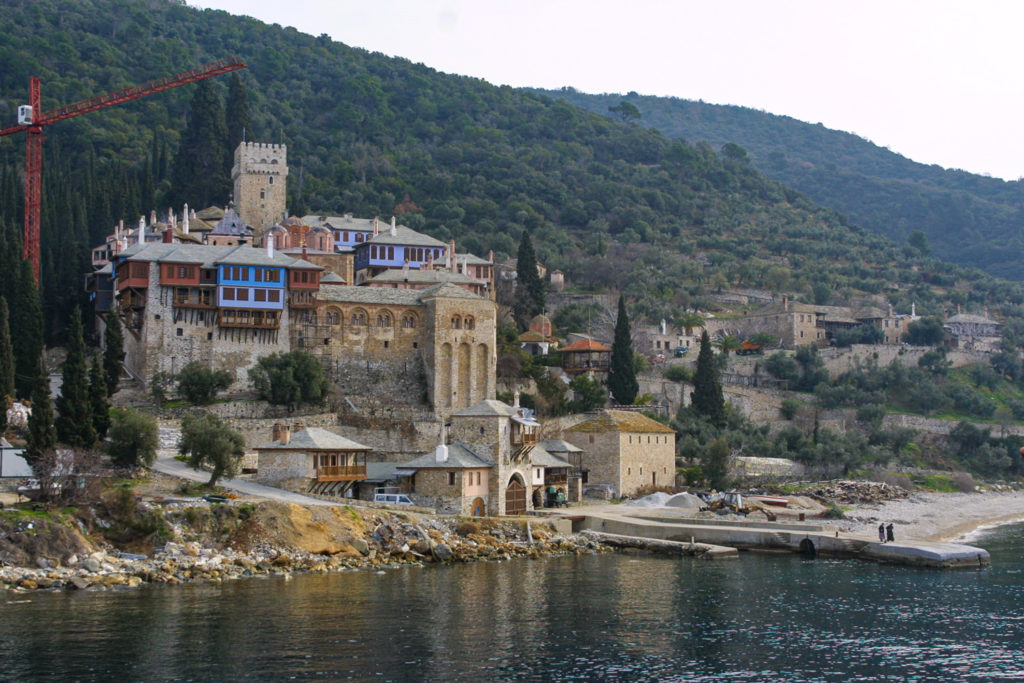
This is the second part of our story about my trip to Mt Athos – read the first part.
I am greeted well at Panteleimon monastery. I get ushered into a small dining area in the guest wing, a three storey building with bedrooms, bathroom facilities and administration facilities.
While I have a Greek coffee (referred to by the Russian monk as an “ethnic thing”), my documents are checked and my details are recorded. I am reminded that the monastery operates on Byzantine time and I am shown to my cell. It has a bed and a small oil lantern. Sheets, blankets and a towel are folded neatly on the end of the bed.
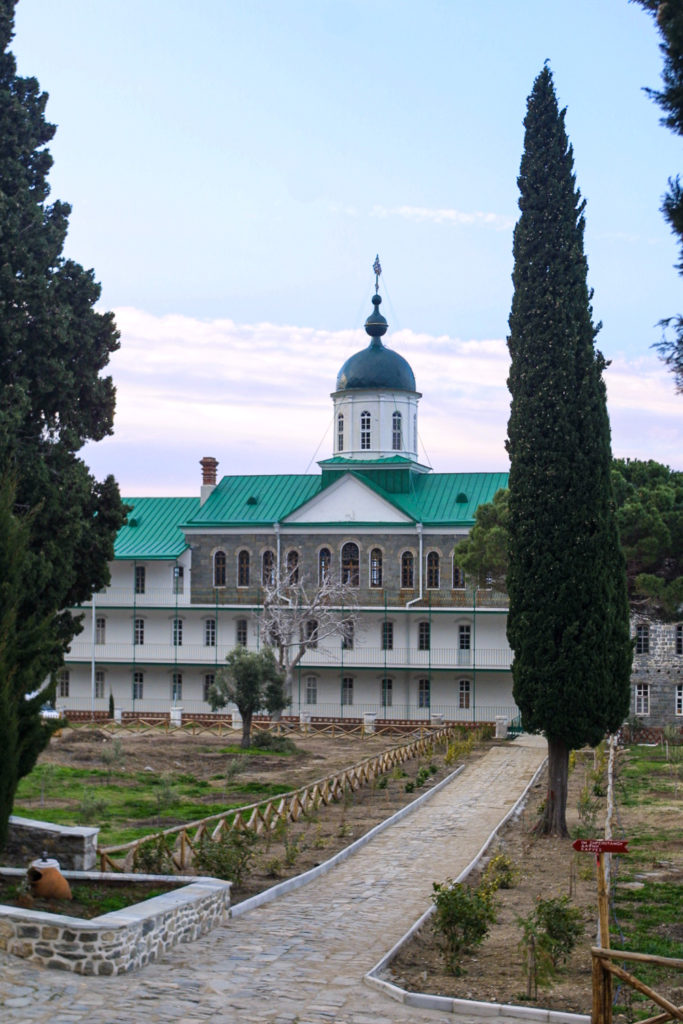
There is a church service about to start, so I wander up to the chapel. The second largest bell in the world calls the monks to prayer. In the courtyard outside the chapel the sound is magnificent – you can feel the vibrations in the air.
I take my place at the rear of the church in a high armed chair – your elbows rest naturally on the arms of the stool as you stand, so it is good support over the long service.
The sound and sights of the service are both enriching and rewarding. The chanting and the deep voices of the choir are superb – of course I don’t understand any of it, but the repetitions are soothing none-the-less.
I watch as the ritual proceeds. There is incense; candles and lamps are lit, icons are brought from the sanctuary to be paraded around the chapel.
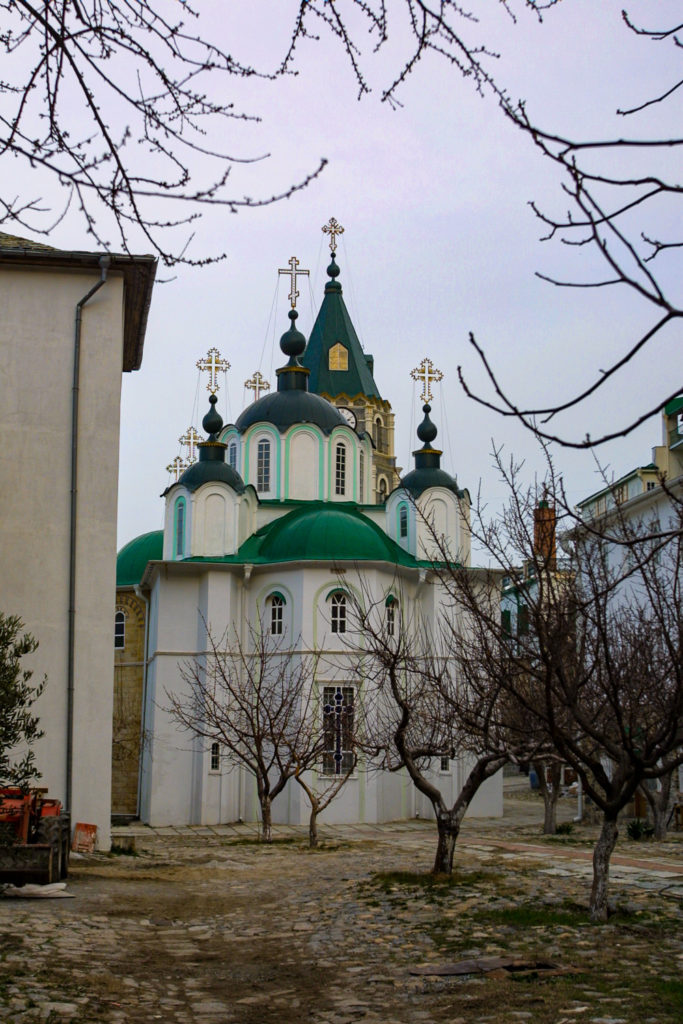
My mind wanders as I look around at the wall paintings and I think of many things. It is a good atmosphere to reflect on life.
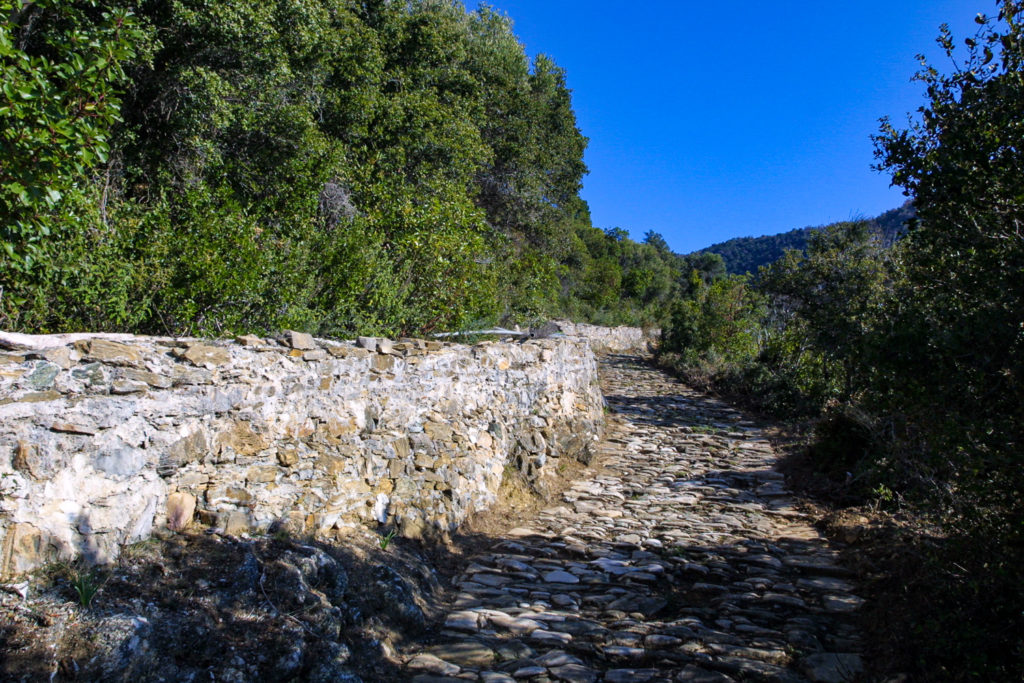
In 1913 there were 2000 monks living at Panteleimon monastery. In 2016 that number had reduced to 70
The service is over and I am directed towards a small dining area for an evening meal. It’s Friday, so the monks are fasting. It is only other pilgrims and some workers who are eating.
We sit at long wooden tables. There is a cold vegetable soup in a large boiler in the centre of the table, and plates of bread, whole raw onions, olives and cold potatoes.
It is food enough, although some of the pilgrims don’t eat their cold soup. I pick over mine with a thick slice of bread. We are served a luke warm cup of sweet beverage, it is really unlike any brew I have tasted before.
I linger at the table as my companions leave. The workers’ table is still full. The serving monk comes across to my table to retrieve what food is left to add to the workers’ fare.
I take my cue from the others and leave my tin plate and cup for the monk to clear away. It is twilight as I walk slowly back to my cell to have a rest. I make up my bed and discover that the power has been turned off for the evening, so I light my lamp.
After a shower with the aid of my torch, it is time for sleep. I make a resolution to attend the morning service which starts at 5.30am – and I am soon awake with the sound of the bell.
As I walk up to the chapel, I am enchanted by the night sky and the thousand twinkling stars above. To my ears the service is similar to that of the previous evening with the choir in equally good voice.
At the end of the service I follow the monks to the refectory. The room is huge, capable of seating a thousand monks although now there are less than a tenth of that number at the monastery. The walls are decorated with religious paintings. We sit on a signal and start our meal which consists of warm soup, cold fish with noodles, bread and cheese. Coffee is served from a large tea pot – already sweetened and with milk.
During the meal there is chanting and reading. Then there is a bell – hopefully you have finished your meal because everyone stands and after some more chanting, we move in procession out into the courtyard.
I return to my cell to collect my things. I am on the track by 8am heading for my next monastery.
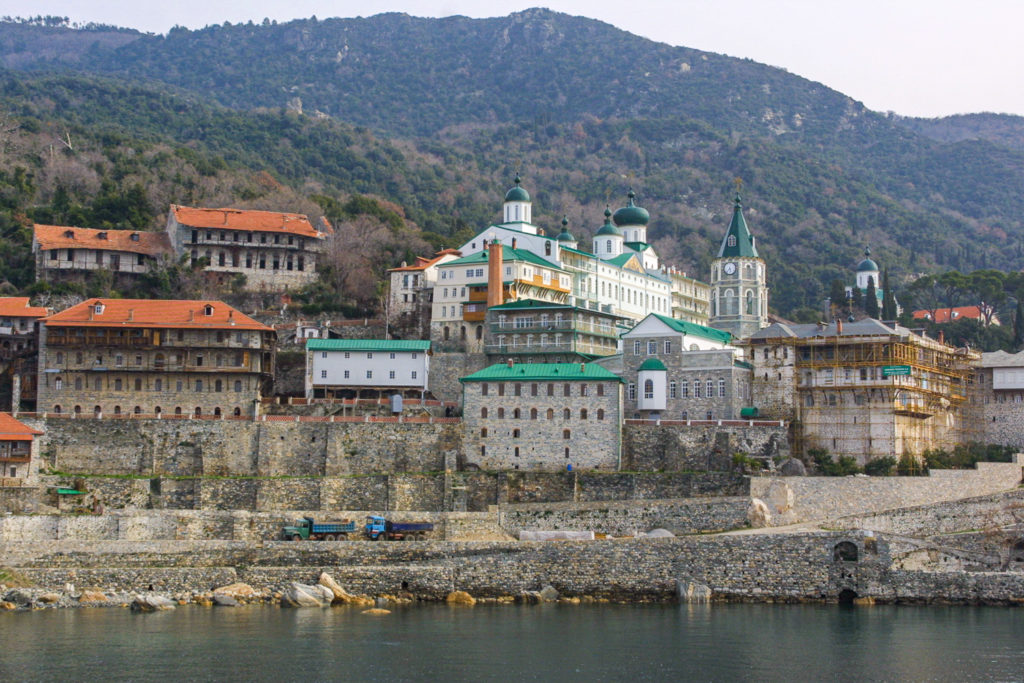
For my second day on Mt Athos I have planned a journey which follows the coast North past Xenofontos and Docheiariou monasteries, and then inland to Konstamonitou monastery, where I will stay the night.
From my map, the track to Xenofontos monastery is around 5 kilometres with another kilometre to Docheiariou, and then the inland hike of 6 km. The track is easily followed, cobblestoned in parts, well worn earth in others.
I am alone (except for the butterflies) and not hurried. I maintain an easy walking pace and stop to admire the scenery and other sights on the way.
I pass through olive groves, some recently pruned. There are a few lonely huts near the path and I imagine that they are the abode of solitary monks.

Molyvos, a popular tourist town on the Greek island of Lesbos, retains its links to the traditional past.
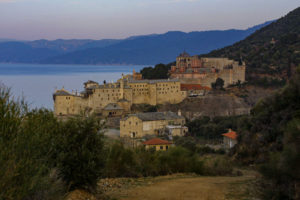
Part 3 of our story about a visit to Mt Athos, the holy mountain, in Greece
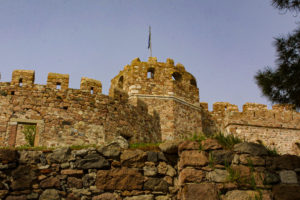
Mytilini, the capitol of Lesbos is situated on a harbour that is circled by shops, houses, restaurants, churches and a huge castle.
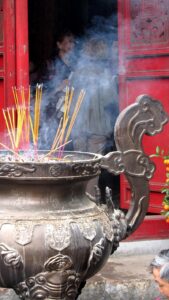
The Ngoc Son Temple is a visual feast highlight of your visit to Hanoi
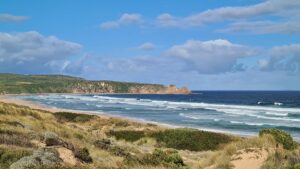
Most visitors to the picturesque Phillip Island are day-trippers who come especially to see the penguins as they surf ashore at dusk and waddle up to their burrows with full tummies to feed their young. We made our visit a four-day trip to have a decent break, enjoy the peaceful surrounds and experience some of the gastronomical highlights of the island.
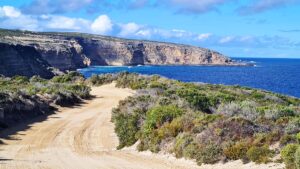
Whalers Way on Eyre Peninsula The very tip of the Eyre Peninsula in South Australia reveals magnificent coastal scenery in a drive along Whalers Way.